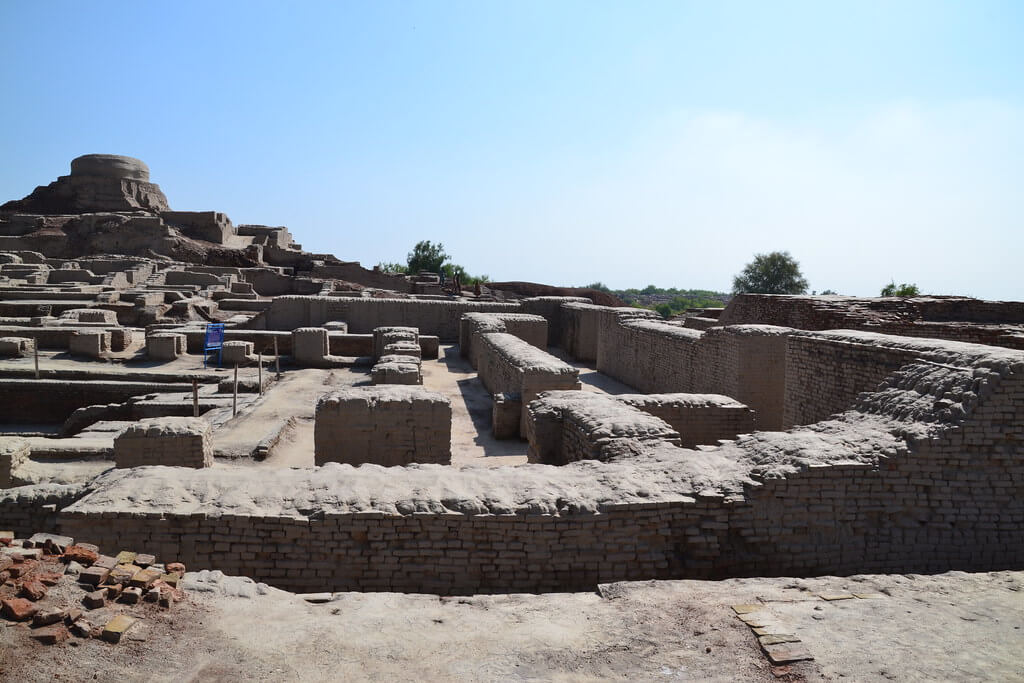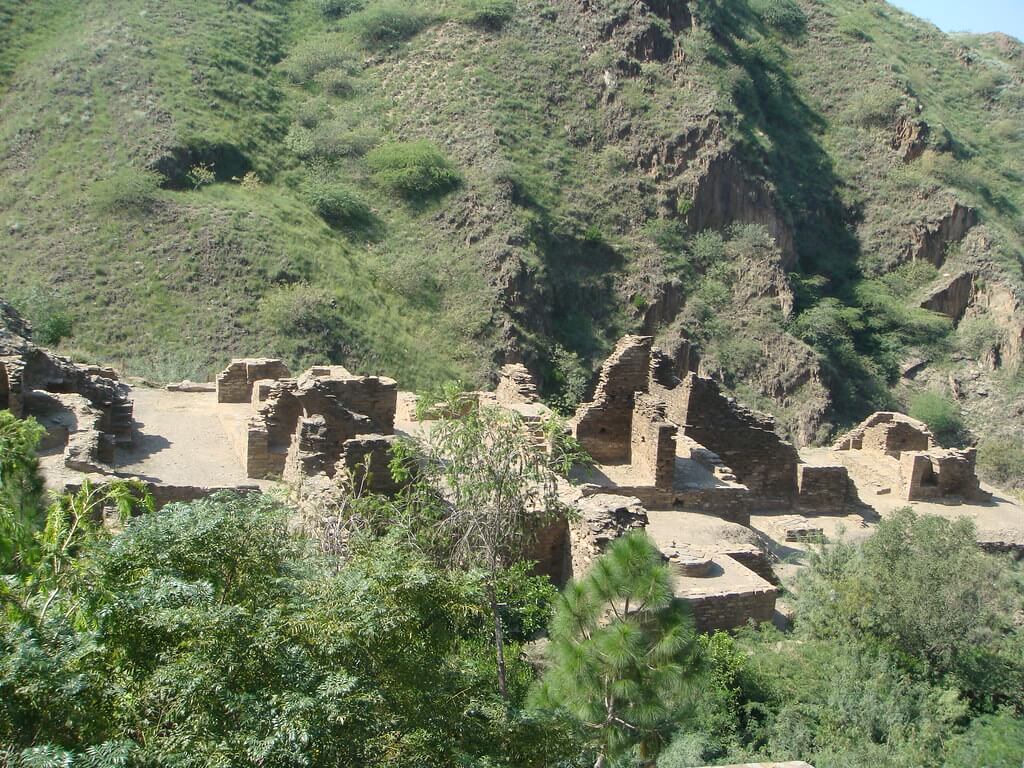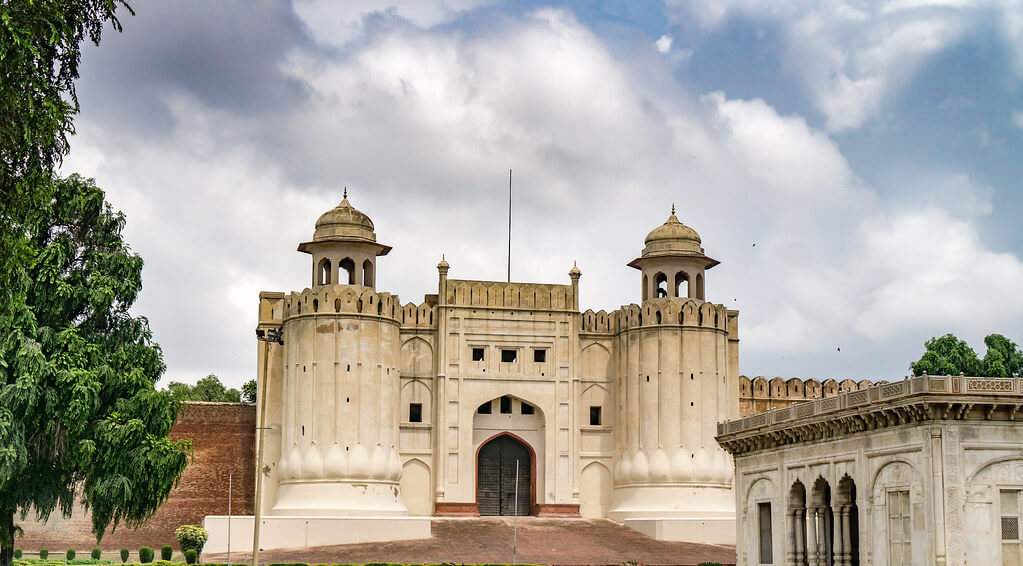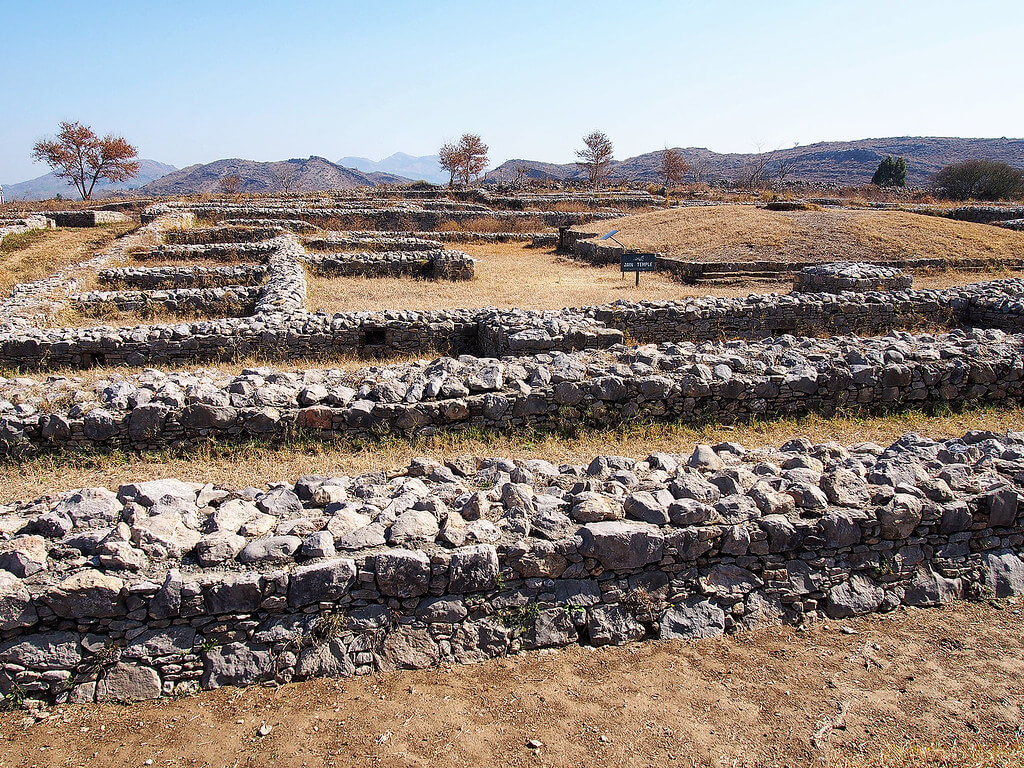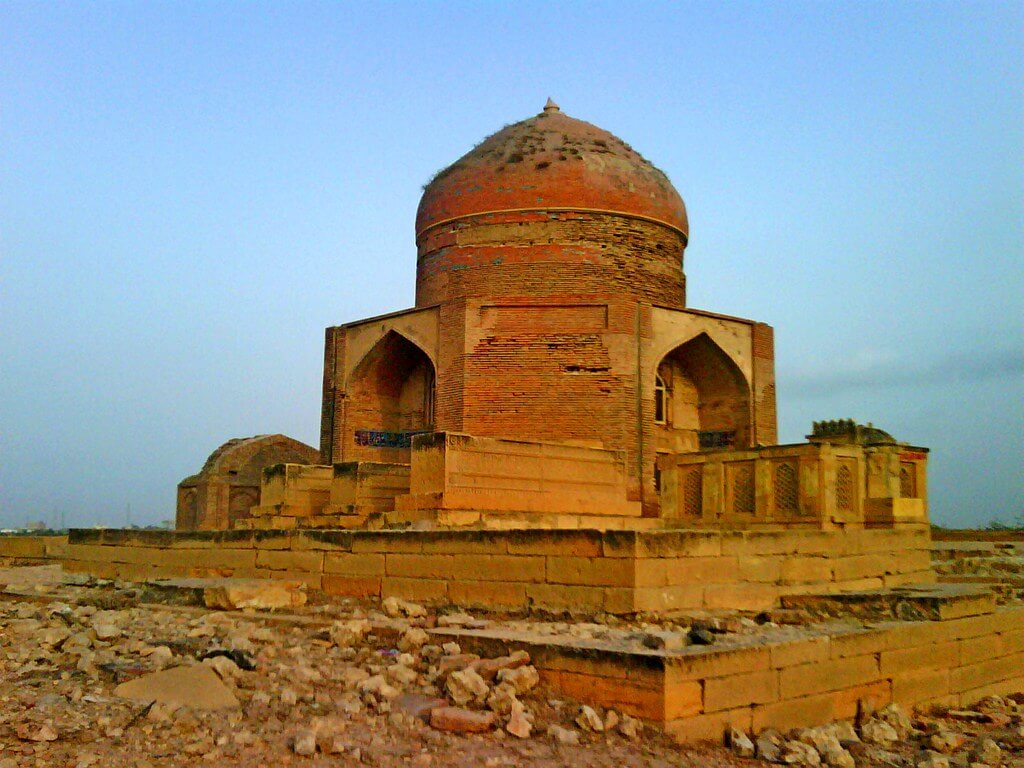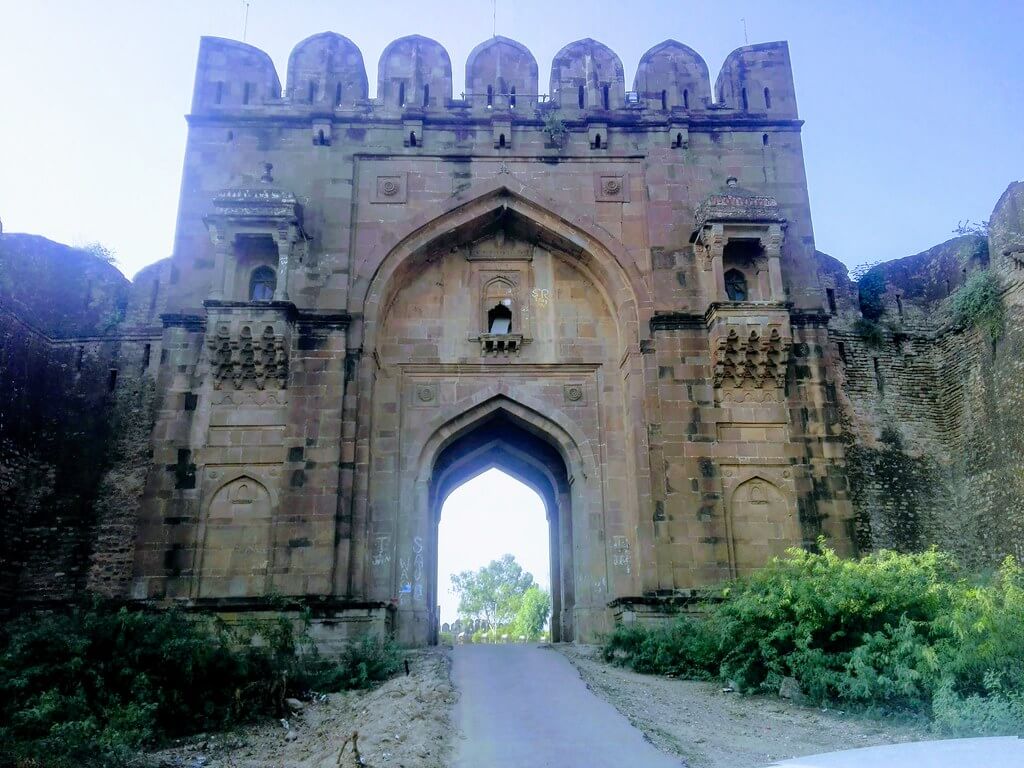World Heritage Sites in Pakistan
World Heritage Sites in Pakistan: If you appreciate history, historical places, rich civilizations, and legacy and wish to see ancient monuments in Pakistan, this post is for you. Pakistan, a region rich in history and tradition, is home to some of the most important centers of the Indus Valley Civilization, the ancient Kingdom of Gandhara, and the spectacular ruins of the Mughal Empire. You will dig into 5000 years of history, travel through stunning landscapes, and immerse yourself in the vibrant tapestry of cultures that defines modern Pakistan. In this post, we will discuss a few Pakistani world heritage sites that are open to the public.
Archaeological Ruins at Mohenjo-Daro
Mohenjo-Daro, which is located in the Larkana District of Sindh Province in southern Pakistan, originally appeared in 1921. Mohenjo-Daro, the largest and oldest civilization in the ancient Indus Valley, was built approximately 2500 BCE. Mohenjo-Daro was abandoned once the historic Indus Valley deteriorated around 1900 BCE. Ancient Indus Valley City first appeared in world records in 1921, but the excavation was not completed until 1965 when it was discovered to be Asia’s greatest urbanized civilization, dating back 5000 years. The valley was named “Mohenjo-Daro” after the discovery, which means “Mounds of the Dead Men” in Sindhi. However, the true name of the ancient civilization is still unknown to the world. Furthermore, during the 1926 excavation of the Ancient Valley Civilization, a 10.5 cm little statue of a “Naked Dancing Girl” was discovered in the HR Area of Mohenjo-Daro.
Mortimer Wheeler, a British archaeologist in 1973, described the “Dancing Girl” statue as his favorite object. For many years, a large number of local and international visitors have come to this location to observe the 5000-year-old Indus Valley civilization. After reading these fascinating facts about Mohenjo-Daro, gather your friends and loved ones who enjoy visiting historical sites and learning about Mohenjo-Daro’s history.
Buddhist Ruins of Takht-I-Bahi and Sahr-I-Bahlol (1980)
The Buddhist Ruins of Takht-i-Bahi and the Neighbouring City Remains at Sahr-i-Bahlol are among the most impressive Buddhist remnants in Pakistan’s Gandhara region. The inscribed property consists of two distinct components, both from the same age. The Buddhist Ruins of Takhi-I-Bahi is a monastic complex constructed in the early first century A.D. that is impressively situated on multiple hilltops ranging in height from 36.6 meters to 152.4 meters, as is typical of Buddhist monuments. The Buddhist monastery remained in continuous operation until the seventh century AD. It is Pakistan’s most comprehensive Buddhist monastery, consisting of several buildings. The buildings were made of stone in Gandhara patterns (diaper style), using locally dressed and semi-dressed stone blocks laid in lime and mud mortar. Today’s ruins include a primary stupa court, a votive stupa court, a group of three stupas, a monastic quadrangle with meditation cells, a conference hall, covered stepping corridors, and various secular structures. The second component, the Neighbouring City Remains at Sahr-i-Bahlol, lies about 5 km away on a lush plain. The Sahr-i-Bahlol ruins are the remains of a tiny ancient fortified town from the Kushan period. The settlement is built on an extended mound up to 9 meters high and is surrounded by portions of the defensive walls in the “diaper” type typical of the first two or three centuries AD. The total area covered is 9.7 hectares.
Lahore Fort and Shalimar Gardens
Lahore Fort and Shalimar Gardens are located in the heart of the city. These two sites are the most significant constructions from the Mughal period. Every day, thousands of visitors visit these attractions. The Lahore Fort contains approximately 21 monumental sites; it was established in the mid-16th century. Shalimar Gardens, on the other hand, is a Persian-style garden that dates back to 1641 AD.
The Archaeological City of Taxila
The Taxila World Heritage Site consists of around thirty monuments of various kinds, including a prehistoric cave, village (40000 B.C.-3000 B.C.), and three successive capital city sites of ancient Taxila (6th century B.C. to 5th century A.D.). There are numerous Buddhist monastery complexes and individual monuments. The Taxila valley has a continuous history spanning the 6th century BC to the 7th century AD.
Makli Hills
Near the apex of the Indus River delta in the province of Sindh, there is a massive cemetery with half a million tombs and graves spread across an area of roughly 10 km2. The necropolis of Makli, which was associated with the nearby city of Thatta, formerly a metropolis and hub of Islamic culture, is massed at the edge of the 6.5 km-long plateau of Makli Hill and testifies amazingly to Sindh’s civilization from the 14th to the 18th century. The huge necropolis of Makli is one of the largest in the world. Kings, queens, governors, saints, intellectuals, and philosophers are buried in brick or stone monuments, some of which are ornately covered with glazed tiles. Among the prominent stone structures are the graves of Jam Nizamuddin II, who reigned from 1461 to 1509, as well as lsa Khan Tarkhan the Younger and his father, Jan Baba, both of whose mausolea were built before 1644. The most vivid is that of Diwan Shurfa Khan (died 1638). The one-of-a-kind collection of huge structures displays an outstanding arrangement of monumental buildings in many architectural styles. These constructions are famous for their incorporation of various inspirations into a local style. These influences include, for example, Gujarati Hindu architecture and Mughal imperial architecture. Distant Persian and Asian examples of architectural terracotta were also brought and altered in Makli. World Heritage Site in a professional manner.
Rohtas Fort
Rohtas Fort is located near Jhelum and was built in 1541 by the Pashtun King Sher Shah Suri, who founded the short-lived Suri dynasty. It took seven years to construct this fort. The Rohtas fort was built to prevent Mughal forces from conquering the region, but it was never stormed, hence the majority of the fort’s structure is still intact. If you’re planning a vacation to Jhelum, make sure to stop by Rohtas Fort.
Historic Monuments of Thatta
Thatta was Sindh’s ancient capital, and it has the tombs of many emperors, governors, queens, philosophers, and saints. Historians say that up to a million people were buried on the hill between the 14th and 18th centuries. It’s one of the largest communal burial grounds. However, it has to be rebuilt because the old tombstones are beginning to crumble.


